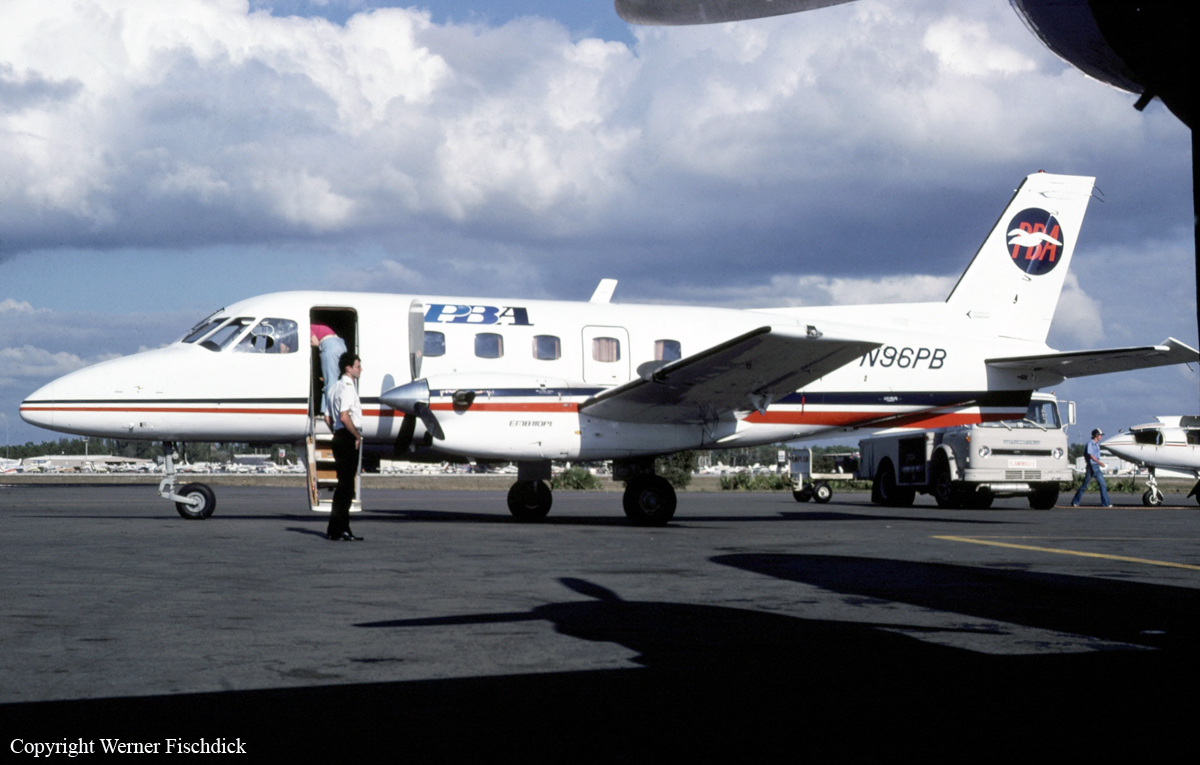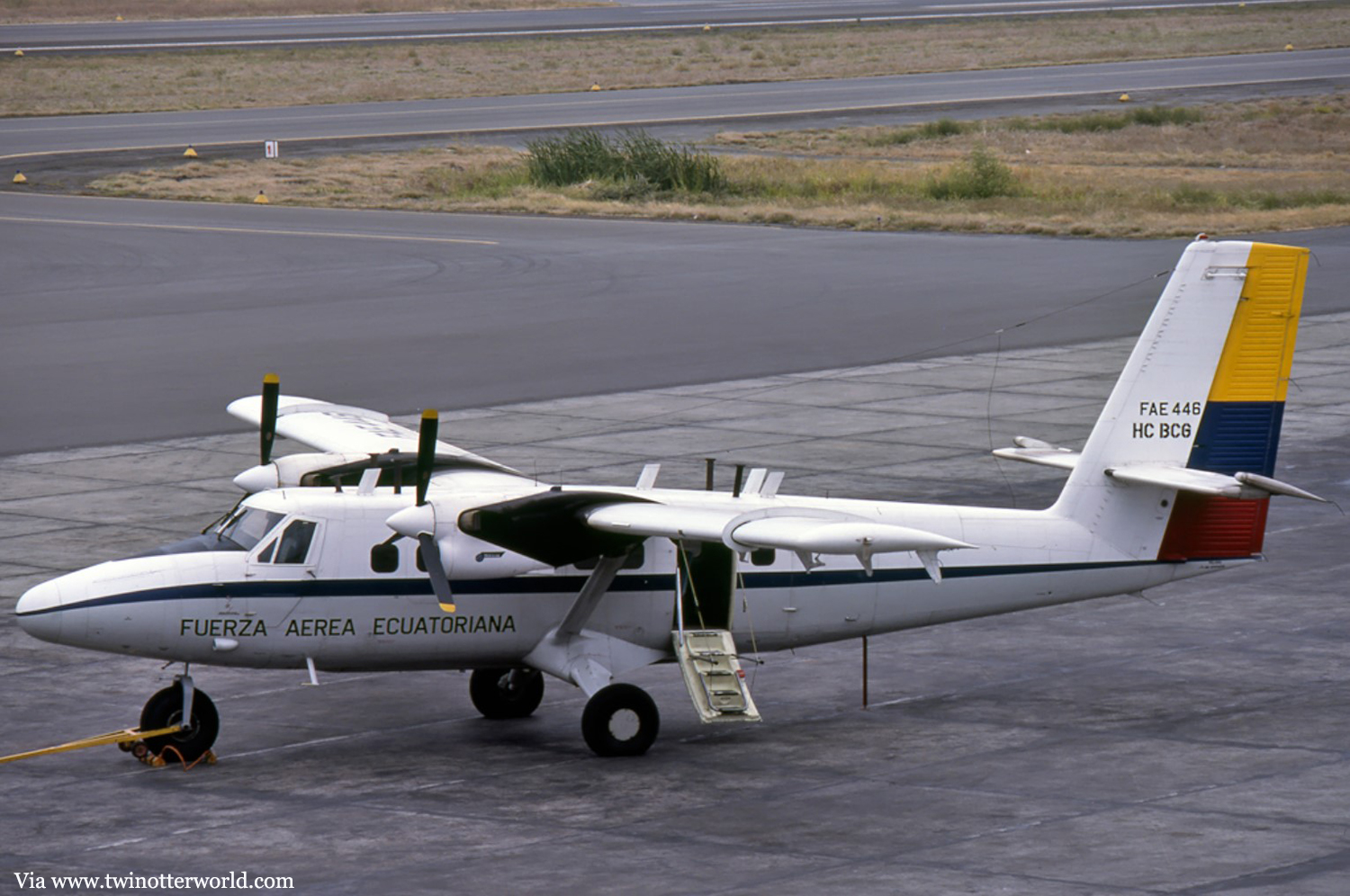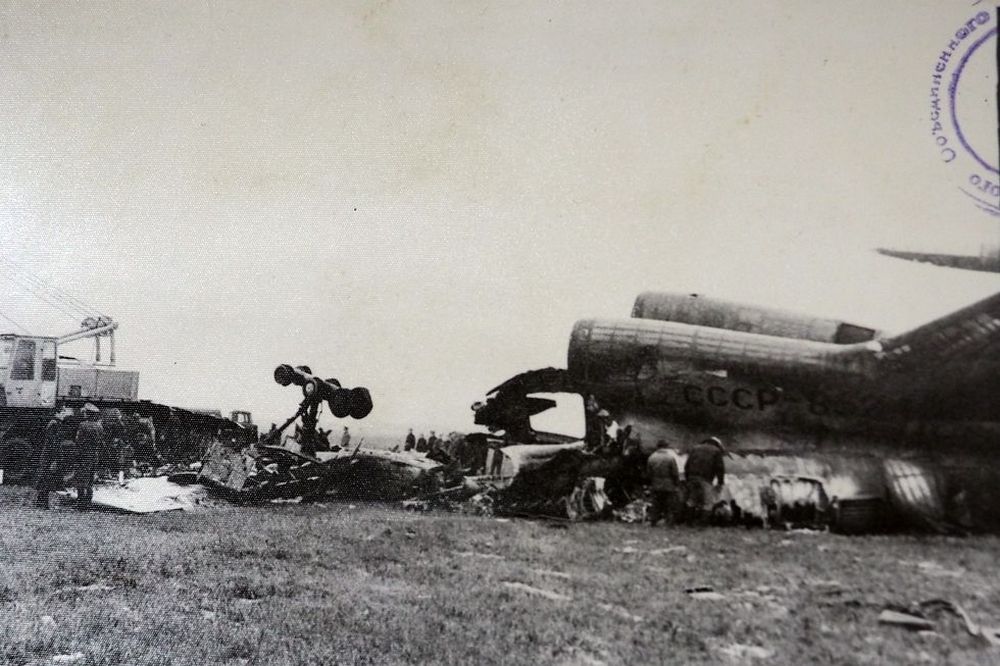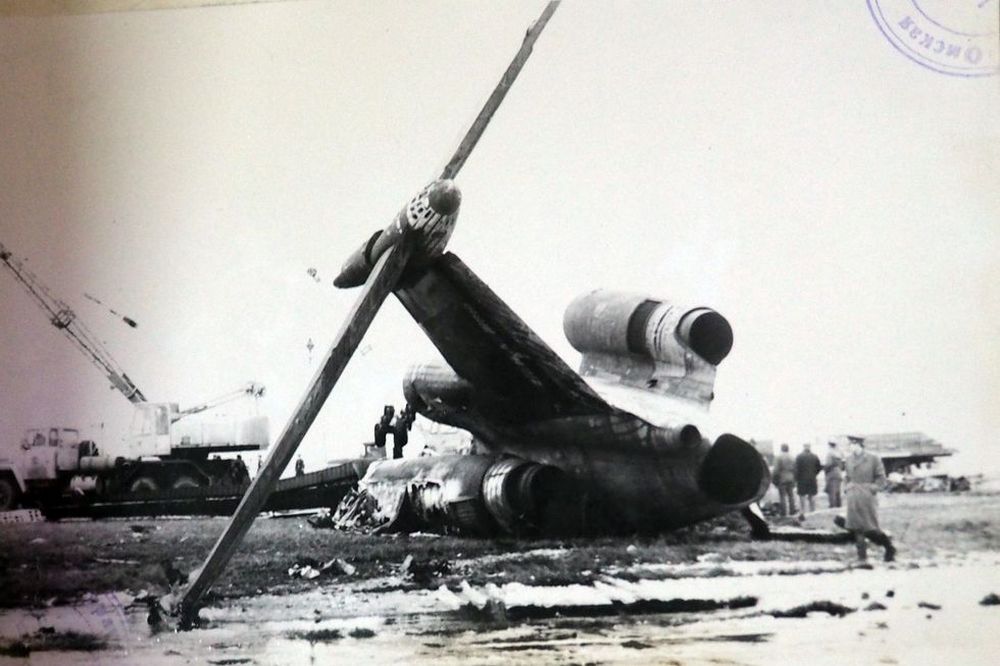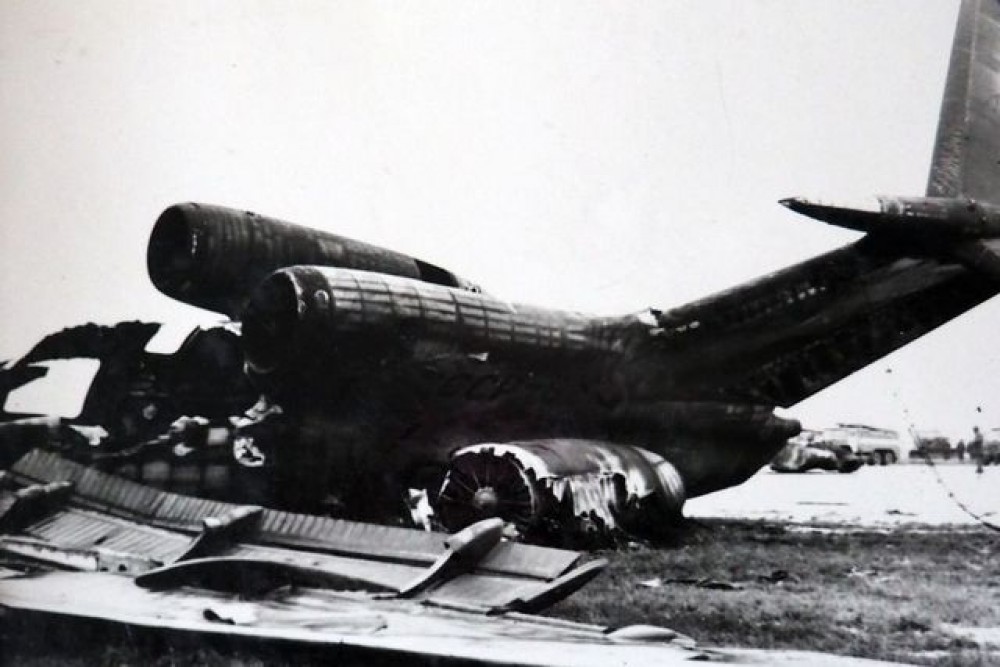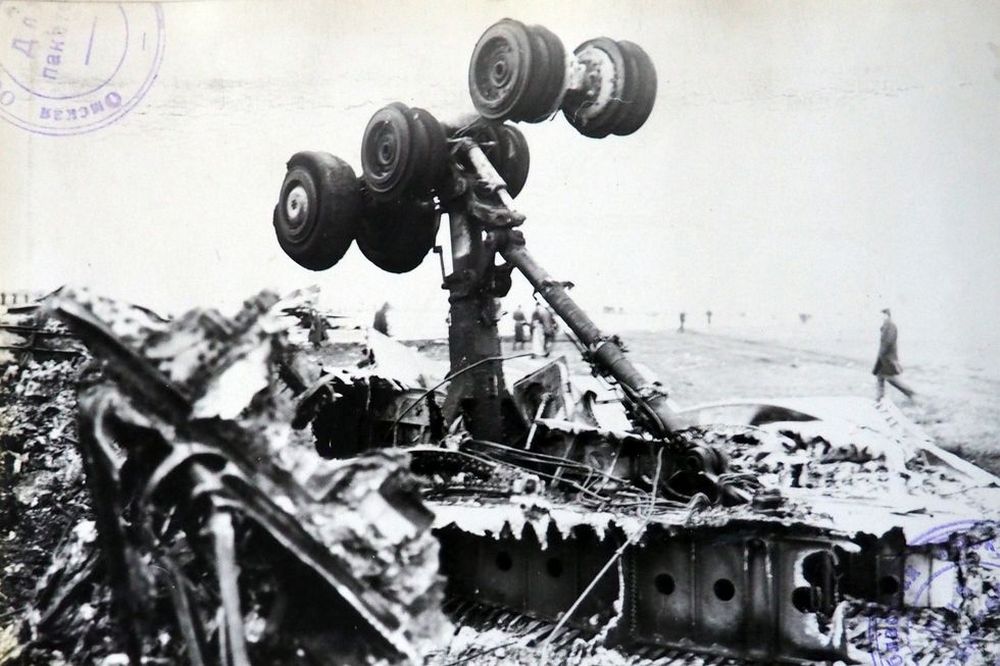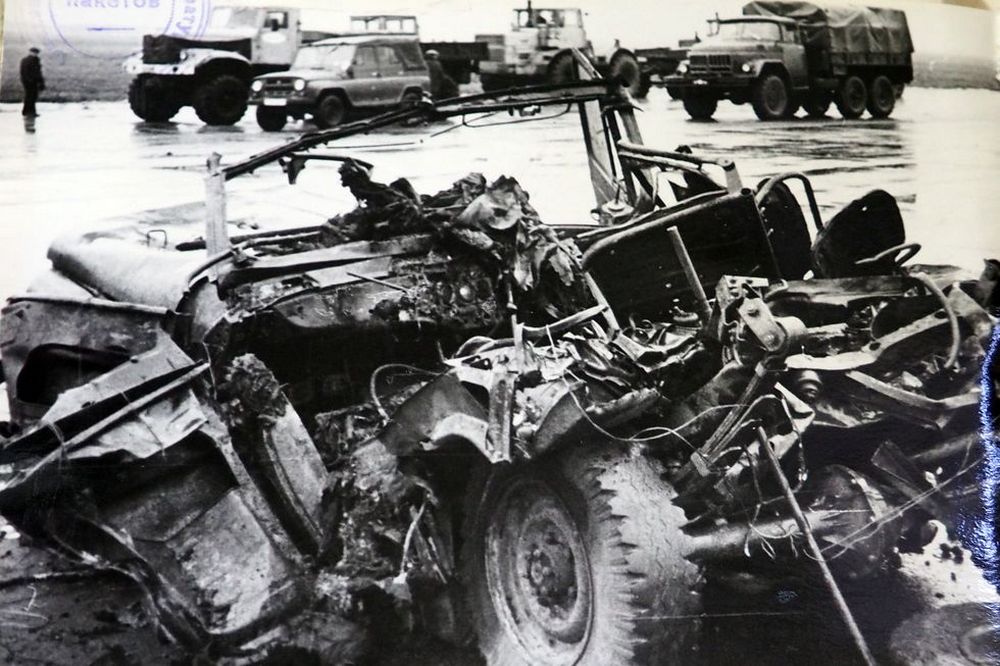Crash of a De Havilland DHC-6 Twin Otter 300 in Bhojpur: 15 killed
Date & Time:
Dec 22, 1984
Registration:
9N-ABH
Survivors:
Yes
Schedule:
Kathmandu - Bhojpur
MSN:
376
YOM:
1973
Crew on board:
3
Crew fatalities:
Pax on board:
20
Pax fatalities:
Other fatalities:
Total fatalities:
15
Circumstances:
While descending to Bhojpur in marginal weather conditions, the Twin Otter struck the slope of a mountain located few km from the airport. All three crew members and 12 passengers were killed while eight others were injured.
Probable cause:
It was determined that the crew initiated the descent prematurely, causing the aircraft to descend below the MDA.





